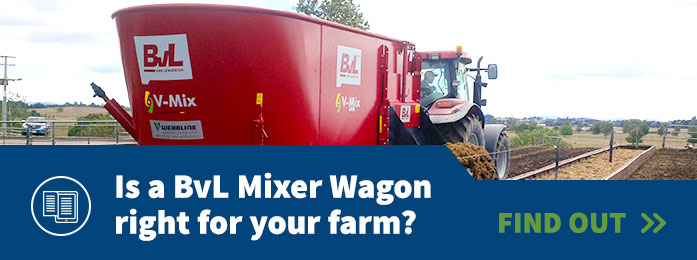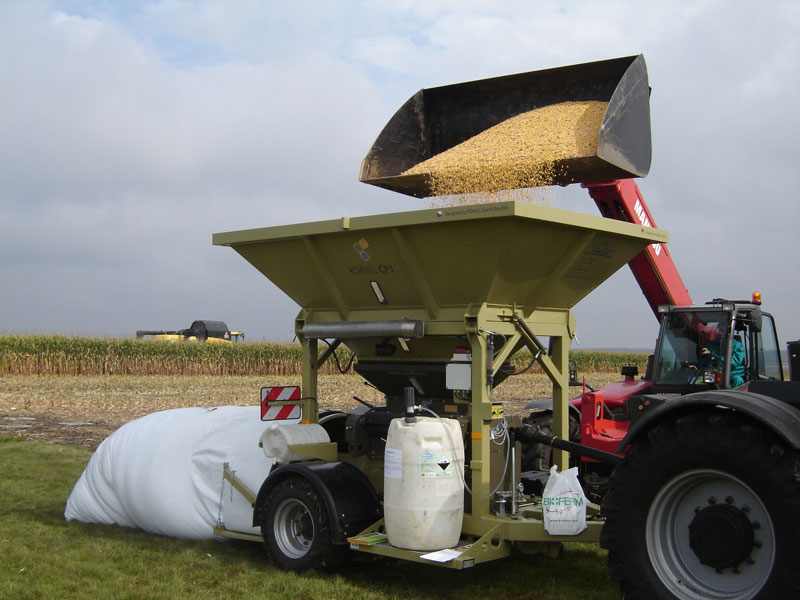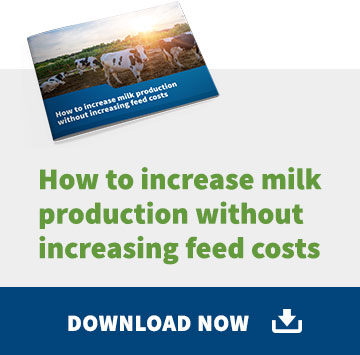As pressure builds on dairy farmers to reduce their use of palm kernel expeller (PKE) as a supplementary feed, some are taking a closer look at the benefits of feeding herds wet silaged grain. So, what are advantages and why should you make the switch?
In this blog we look at wet silaged grain and the cost and quality advantages that this option can give you.
A little wet silaged grain background
Wet grain has a wet matter of up to 25 per cent which of course makes it easily digestible for cows, and it often has a higher nutritional value than the same grain dry. However, storing wet grain also provides ideal conditions for mould to grow, which spoils the feed.
A solution to these storage problems came in the 1960s, but as grass remained the feed of choice in New Zealand, the storage solution made little impact. But cow numbers in New Zealand have doubled since then – in 2016 we had 6.5 million dairy cattle, up from 2.9 million four decades ago.
One consequence has been the need for supplementary feed when too little or too much rain affects pasture productivity. Imported PKE, has proved popular, particularly as it’s cheaper than alternatives such as dried grain, but with differing opinions on the environmental impact of PKE, wet grain is attracting renewed interest.
Benefits explained
Not drying the crop can cut (by half) the cost of a tonne of harvested material. The saving is not just on the cost of drying but also on transporting the grain from the field to the dryer and from the dryer to the silo.
Keeping the grain wet also retains nutritional value, enhances digestibility and ensures better use of the energy produced. All this makes for healthier cows, which in turn means better quality milk.
The way the wet grain is treated is also important. It is treated with a propionic acid preservative once harvested to remove spores and then stored in anaerobic conditions such as a bag so there is no chance of spoilage. The propionic acid preservative brings an immediate fall in pH and blocks negative epiphytical microflora. The number of yeast germs is minimised and fermentation is inhibited. This means the feed retains water-soluble sugars, which provide cows with the best kind of energy. Chemical treatment also keeps aerobic stability high in the warm summer months.
For the grain grower, another advantage is that the crop can be harvested earlier, rather than being left in the field while its moisture content falls to the right level for traditional harvest. This makes the harvest less susceptible to unpredictable and extreme weather events, which can have a huge impact on productivity. Harvesting early also means the contractor can be brought in a few weeks ahead of when everyone else wants them in their fields.
Another significant cost saving is in storage – rather than needing silos, which are expensive to build and maintain, wet grain is stored in standard silage bags.
All in all feeding wet silaged grain is a viable and smart option to be considered, and results in healthier cows and better quality milk.

Keep up to date on the latest agricultural insights, tips, and trends by subscribing to our blog.




